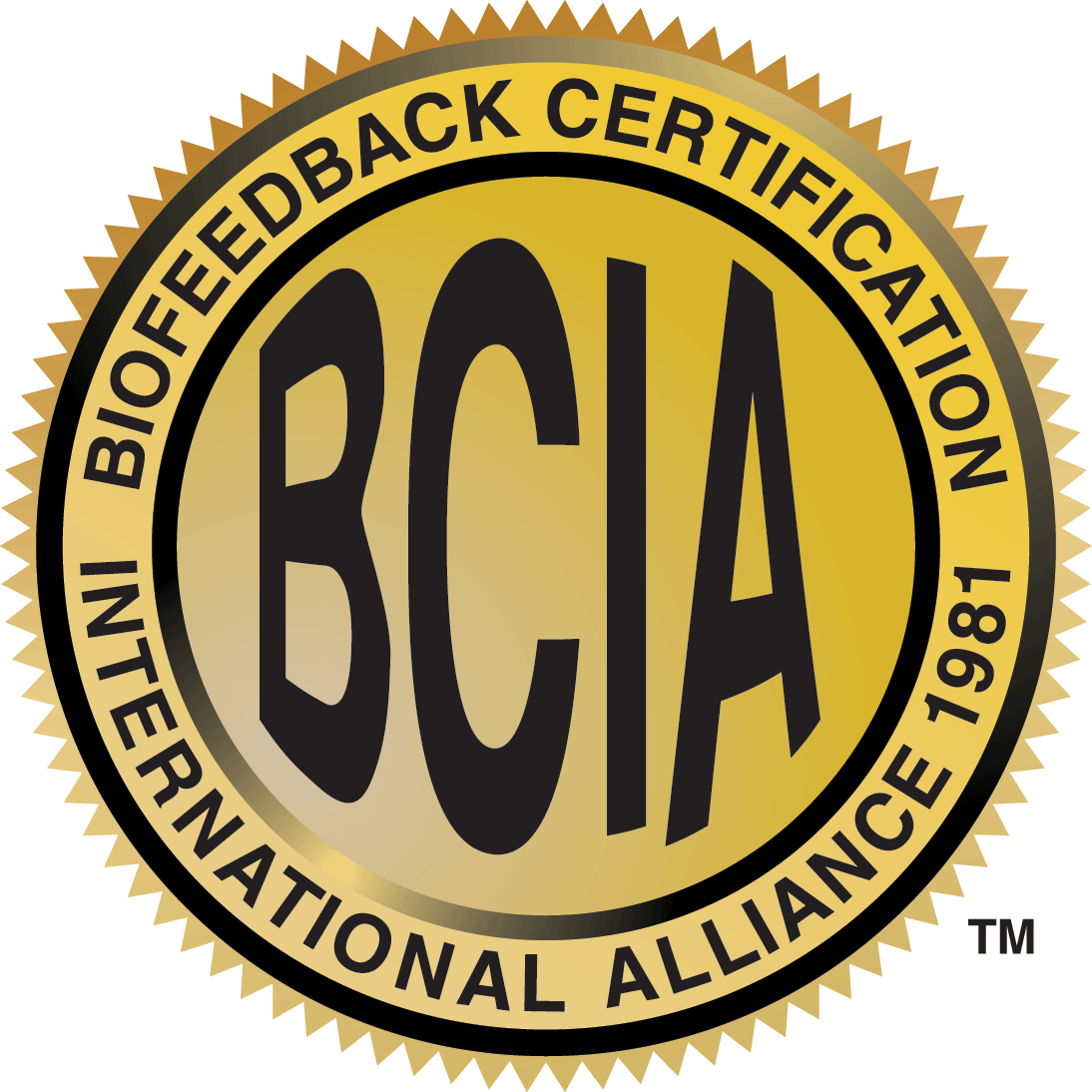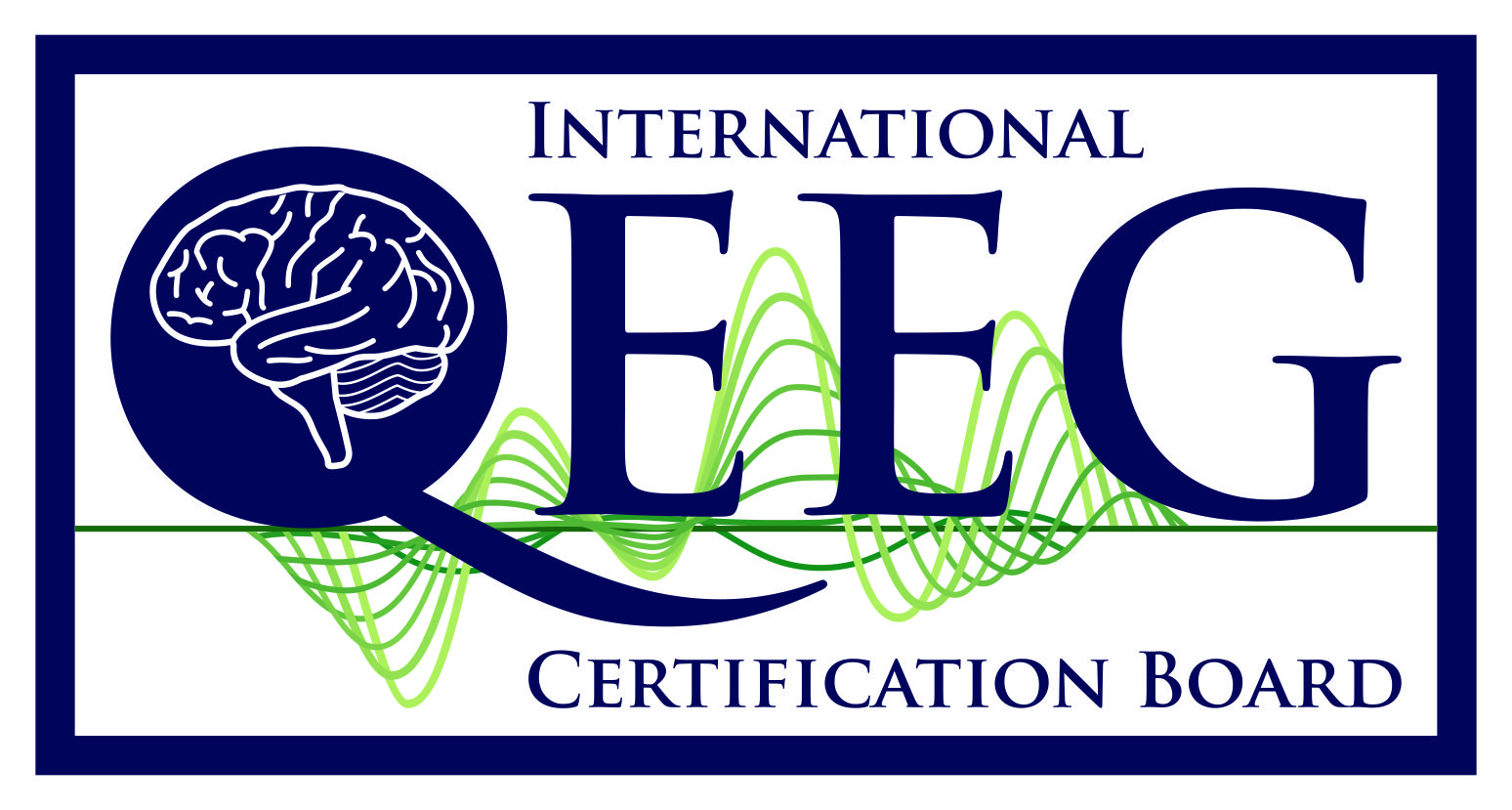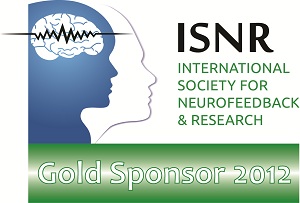Neurofeedback Training Seminars
What is Neurofeedback?
Neurofeedback is a learning tool which teaches the brain restful states, flexibility and efficiency through operant conditioning of the EEG (brainwaves). Neurofeedback can be used separately or as an adjunct to other clinical tools and therapies (such as psychotherapy, CBT, EDMR, etc.).When doing neurofeedback the clinician is addressing neuronal relaxation issues in the brain which is oftentimes revealed as disregulation, or lack of normalization, in the brainwaves (as shown in the EEG).
Why Add Neurofeedback to Your Practice?
Tangible and measurable improvements in brain efficiency can lead to the resolution of symptoms which interfere with optimum functioning. Clients often report results such as inner stillness, increased organization of thoughts, concentration, attention and/or the decreasing or alleviation of symptoms associated with various mental or physical conditions. Quantitative outcome measures allow for confirmation of effectiveness. Neurofeedback can be a powerful adjunct to traditional psychotherapy approaches. Neurofeedback may address the root physiological cause of many mental health symptoms through neuronal relaxation and re-regulation of the EEG. And therefore be a viable alternative to medications or an adjunctive intervention for many mental health situations as shown by disregulation in the EEG.
Why consider Neurofeedback Training Seminars?
 Looking for quality training in the field of biofeedback and neurofeedback can be quite perplexing to the person just getting started with Neurofeedback. One of the reasons I wrote my book Getting Started with Neurofeedback was to provide new persons with an anchor, to ground them in general accepted neurofeedback practice. While there were ever so many articles written to help one understand the depth and breadth of one or another topic in neurofeedback, there was a dearth of literature that would be easy to understand and absorb for the person who did not have a background in electroencephalography (EEG) dynamics and neurology.
Looking for quality training in the field of biofeedback and neurofeedback can be quite perplexing to the person just getting started with Neurofeedback. One of the reasons I wrote my book Getting Started with Neurofeedback was to provide new persons with an anchor, to ground them in general accepted neurofeedback practice. While there were ever so many articles written to help one understand the depth and breadth of one or another topic in neurofeedback, there was a dearth of literature that would be easy to understand and absorb for the person who did not have a background in electroencephalography (EEG) dynamics and neurology.
In the same way, the purpose and scope of my training seminars has always been to provide information for the practicing clinician rather than for the researcher. Furthermore, I have tried to avoid the trap of becoming wed to the latest fad in neurofeedback or to insist that one approach to neurofeedback the penultimate method. My training seminars introduce students to several training methodologies: there is place for eclecticism in neurofeedback. Over the years, numerous key figures have developed training concepts in neurofeedback that have worked. Individuals such as Margaret Ayers, Joel Lubar, Robert Gurnee, Jay Gunkelman, the Thompson, the Othmer, Eugene Peniston, Michael Tansey, the Brown, the Brownback, Bill Scott, and Richard Soutar to name a few. The goal is to draw from their work and attempt to help the student see value in each approach.
The first and foremost issue in getting started with neurofeedback is to help the student understand the basics. We start with questions such as, “What is the electroencephalography (EEG)?”, and “How does its activity relate to the neurons and brain lobes?” Students are introduced the concept of normalcy. They learn how to assess the Brain at five key sites. Next, they collate the information and compare it to prevalent symptoms and corresponding lobes of the brain (in some cases deeper structures such as the limbic system or the brain stem are the structure of interest). Finally, the student is faced with choosing the correct protocol. Needless to say, five sites are just a beginning, more data is needed, but something is better than nothing, and I caution students away from the practice of protocol selection based solely on symptoms rather than creating protocols based upon three necessary ingredients: (A) Symptoms, (B) EEG, (C) Neurology.
When students have finished “Getting Started with Neurofeedback” training they are encouraged to begin acquiring data from family and friends. The goal is not to treat family or friends; rather it is to learn the science of assessment. When enough confidence has been mustered, it’s often time to get a mentor and begin the practice of neurofeedback. The goal is to master basic skills and to be able to treat problems that are the most likely to respond to neurofeedback: Attention Deficit Disorder, Anxiety and Depression. True, it must be understood that neurofeedback is a therapy or a training modality and not a treatment for any disorder. However, peer reviewed studies have shown the value of neurofeedback training with the aforementioned disorders.
After practicing for several months students return for more training. StressTherapy Solutions, Inc. provides clinicians for advanced training. I like to discuss one of my programs. I offer a three day intensive program that introduces clinicians to MiniQ brain mapping. Participants are trained in the art of mounting EEG recording caps and acquiring reliable EEG data. Towards that end I have created a normative database from about 80 adults and children. Topographical brain maps can be created and then used to develop neurofeedback training protocols. The goal is to help students to break into the field of QEEG while still paying attention to the budget.
Getting Started with Neurofeedback is for clinicians who want to help patients with cutting edge treatments that directly impact the nature and metabolism of the brain. However, neurofeedback is not adequately learned in a weekend workshop. It is investment in your own personal growth as a clinician. Personally, I found that neurofeedback has opened up new therapy vistas. I now see clients who have not responded to either counseling modalities or medication. It is extremely satisfying to see clients heal themselves through the power of their own cerebral cortex.
One last topic: I want to address the value of getting certified in the field of neurofeedback. In the past decades we have seen the rise of numerous serious therapy modalities and treatments such as acupuncture, reflexology, massage and many others. One thing they all have in common is a central format of certification and in a few cases state licensure. It is my contention that certification is necessary in order to maintain the credibility of both the clinician and the field as a whole. Certification demonstrates that the clinician is willing to stand before his advanced peers and prove that he or she has learned the basics. National Certification is similar to state licensure. Likely, as the field of neurofeedback expands we will find more and more interest in state licensure. Clinicians who establish their credentials sooner will not have regrets at a later time.
So, if you are just getting started with neurofeedback, I invite you to attend the upcoming program at FutureHealth. If you come, please read Part I of my book and get ready consider the power of changing the brain through biofeedback.
About the author:
John N Demos, MA, LCMHC, BCIA-EEG is the Educational Director of Stress Therapy Solutions, Inc. He is certified by the Biofeedback Certification Institute of America (BCIA) in the field of EEG-biofeedback. His “Getting Started with Neurofeedback” training seminars are also accredited by BCIA. Those seminars are in part based upon his book “Getting Started with Neurofeedback” published by WW Norton & Co. Currently, he is conducting on-line group mentoring classes for those reaching out for certification.

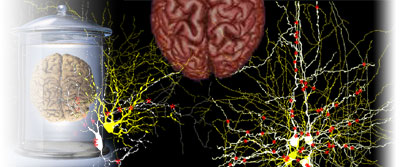

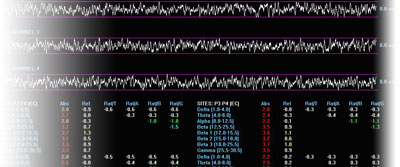
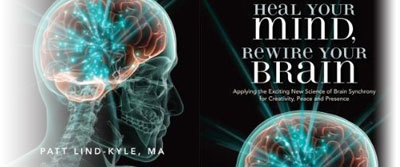
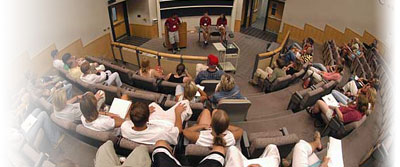
 Thomas Collura
Thomas Collura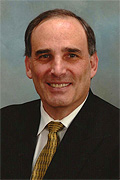 David Cantor
David Cantor Robert (Rusty) Turner
Robert (Rusty) Turner Richard McAlister
Richard McAlister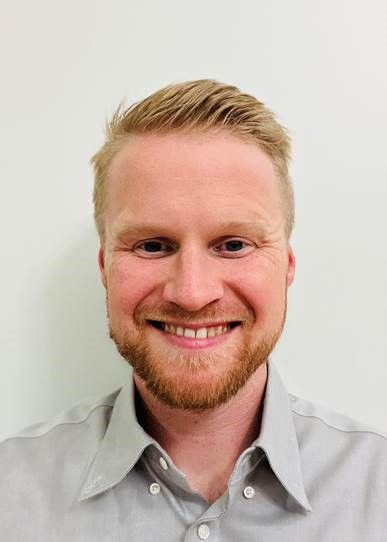 David Ims
David Ims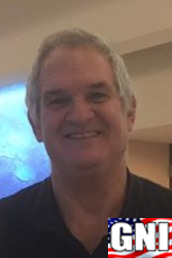 Jeff Reich
Jeff Reich Steve Warner
Steve Warner Thomas Brownback
Thomas Brownback Dolores Gaxiola
Dolores Gaxiola J. Michael Griffin
J. Michael Griffin Donna Creasy
Donna Creasy McGill Scott
McGill Scott Rich Davis
Rich Davis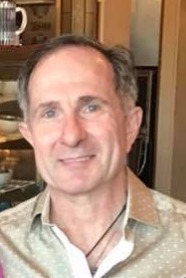 Harry (Bill) Brubaker
Harry (Bill) Brubaker Andre Keizer
Andre Keizer Penijean Gracefire
Penijean Gracefire John Demos
John Demos Mark Smith
Mark Smith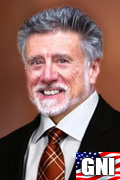 Dick Genardi
Dick Genardi Jeff Tarrant
Jeff Tarrant Adrian Roel
Adrian Roel Thomas Feiner
Thomas Feiner Joseph Guan -Tech
Joseph Guan -Tech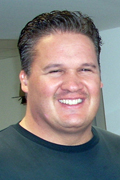 Bill Mrklas
Bill Mrklas Christen Stahl
Christen Stahl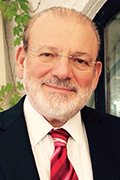 Giuseppe Chiarenza
Giuseppe Chiarenza Yvonne Tate
Yvonne Tate Lisa Black
Lisa Black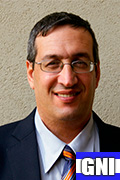 Doron Todder
Doron Todder Dayna Nevar
Dayna Nevar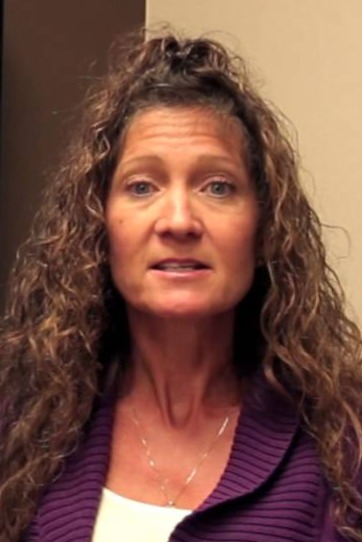 Becky Bassham
Becky Bassham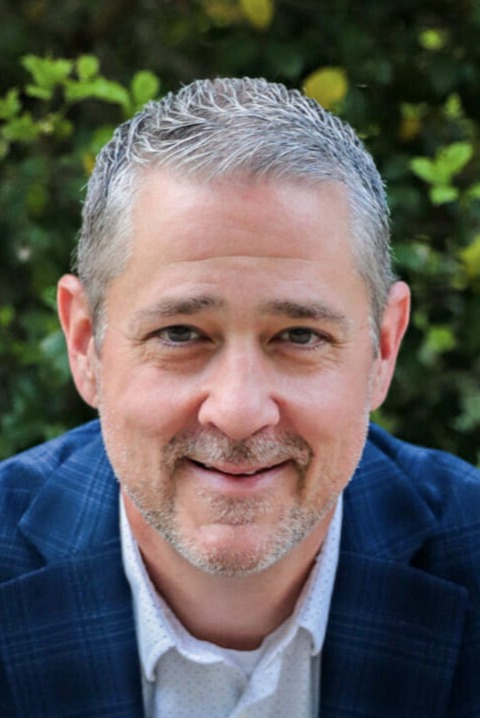 Michael Trayford
Michael Trayford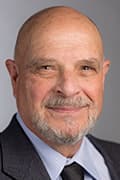 Ron Bonstetter
Ron Bonstetter